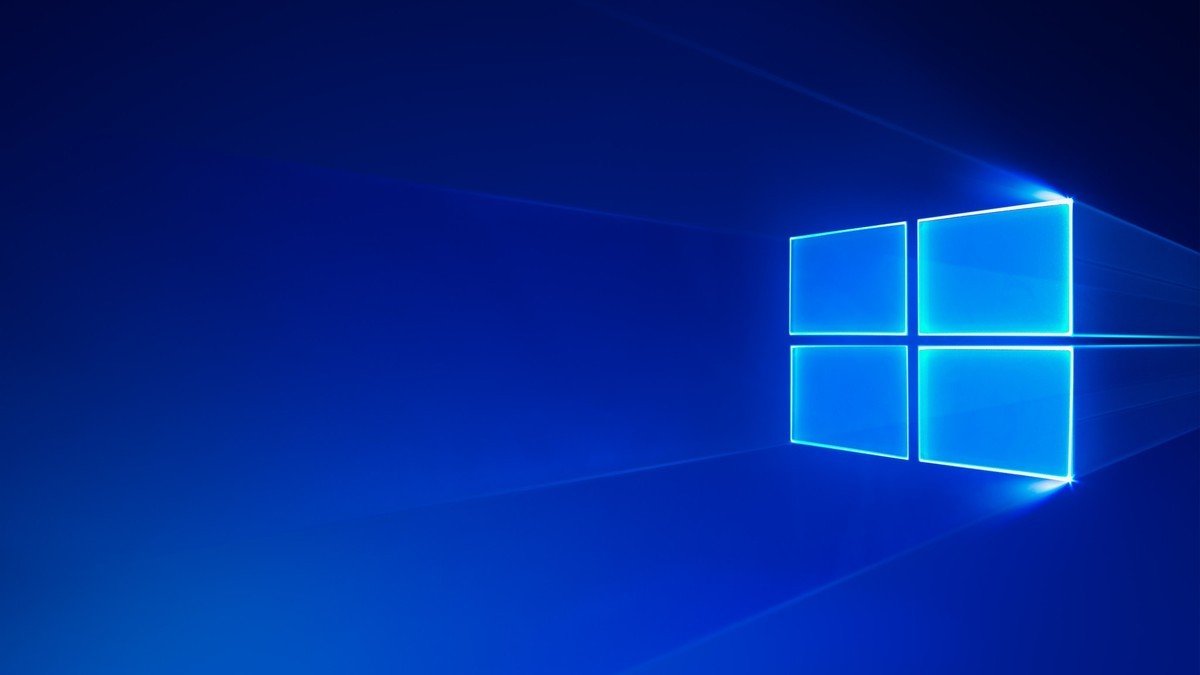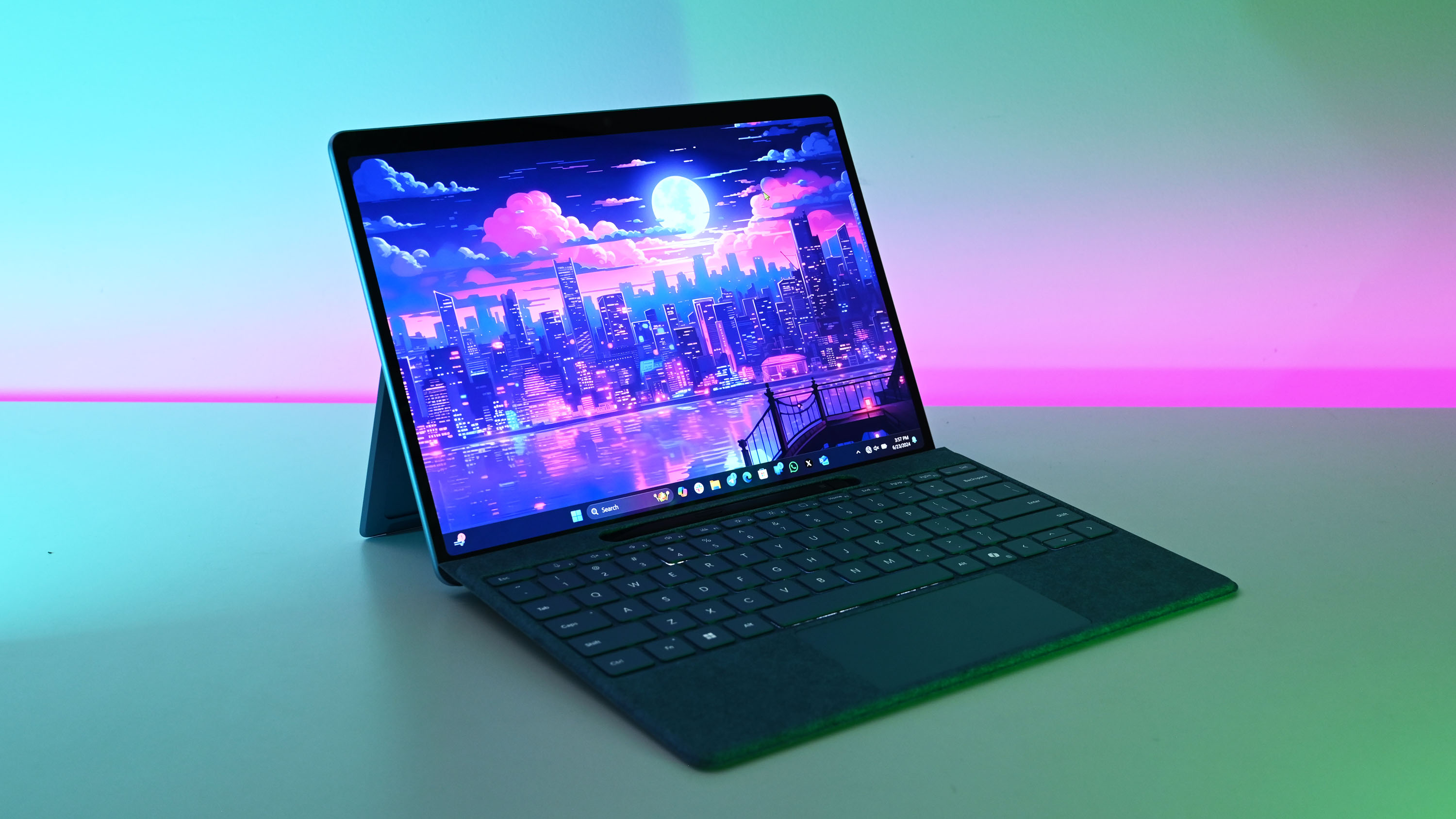Microsoft to move away from 'Redstone' codename for Windows 10 updates in 2019
Microsoft is retiring its use of the codename "Redstone" for Windows 10 releases next year, moving on to codenames that might prove a little more useful.

The codename "Redstone" has been with us for quite some time now. It was put into use during development of the Windows 10 Anniversary Update back in 2016 and has been the main codename for Windows 10 releases since. However, it appears that is about to change, as our sources have suggested that Microsoft will be retiring the Redstone codename later this year.
This change means that Redstone 5, the next feature update for Windows 10 coming in the fall, will be the last Windows 10 update to feature the Redstone codename. According to our sources, Microsoft will be moving to a new codename format starting in 2019 with what would be Redstone 6, now known internally as 19H1.
Believe it or not, there's some logic behind this new codename. It's formatted so that engineers can more easily pinpoint when a feature is or was released. The "19" stands for the year in which the update is released, and the "H1" stands for the first update of that year. It avoids the all too common scenario of "ah, when did RS2 come out again?"
So, following that format, the update coming after 19H1 would be codenamed 19H2, being the second update for 2019, followed by 20H1, 20H2, and so on. It's not as glamorous as, say, "Redstone," but at least it lends itself useful for those that need it. Now we can quickly pinpoint whether a release was the first or second one of whatever year, instead of trying to remember based on a standalone Redstone number.
It's worth mentioning that Windows codenames are never intended for public consumption. Microsoft rarely, if ever, uses the Redstone codename publicly, instead referring to upcoming releases as the "next Windows 10 update." So if you think the new codename format is a little full-on, that's because it is. It's not really intended for public use.
Of course, this doesn't change the "pretty" names or version numbers of these updates. Microsoft will very likely continue with its trend of terrible public facing names such as "Fall Creators Update," as well as keep with the simple "Version 1803" format as well. The codename change is for internal use only, but interesting nonetheless!
What are your thoughts on the upcoming codename change for Windows 10 feature updates? Let us know in the comments!
All the latest news, reviews, and guides for Windows and Xbox diehards.

